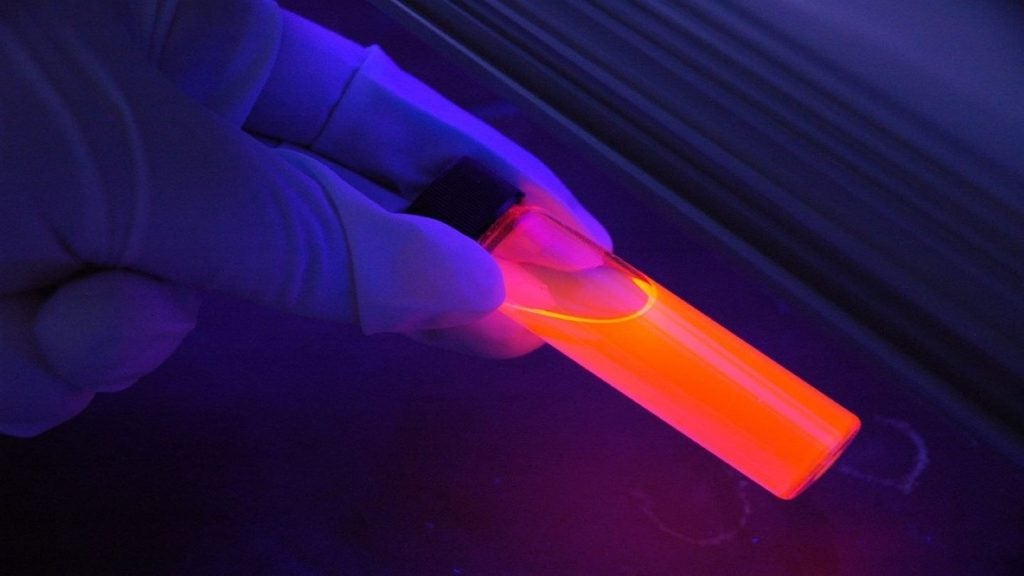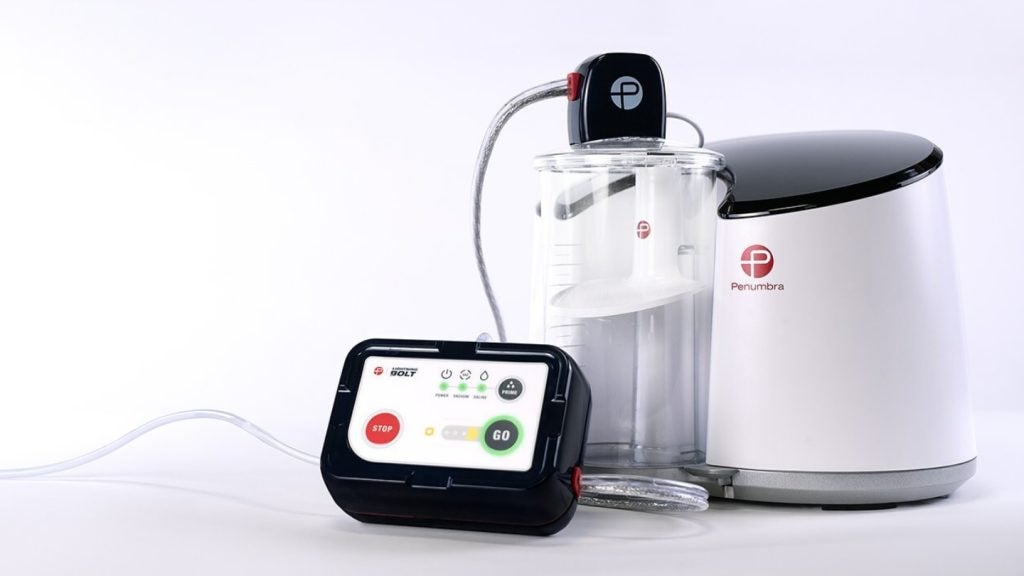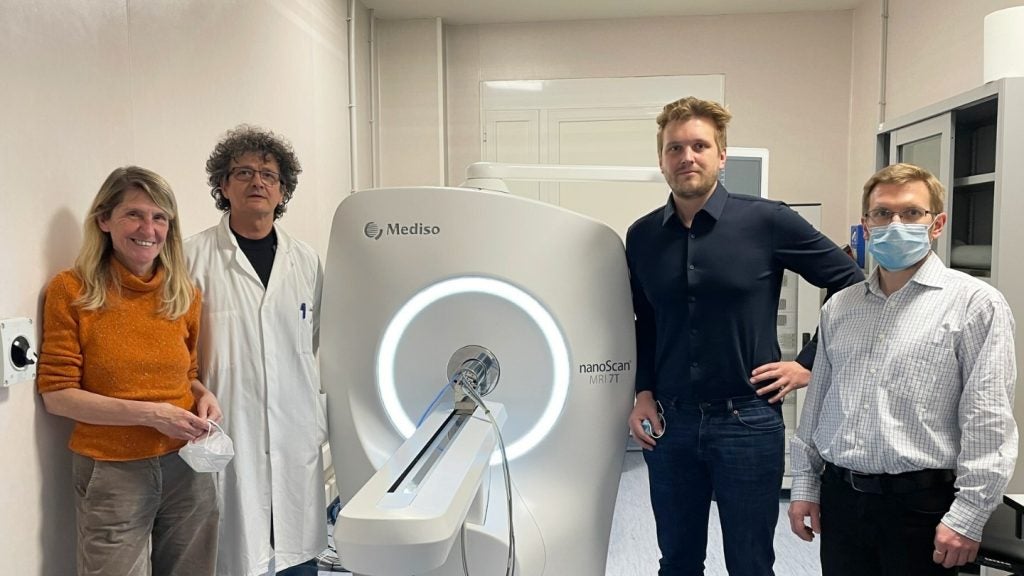Syneron Medical’s Japanese subsidiary Candela has secured registration approval from the Japanese Ministry of Health, Labor and Welfare (MHLW) to market its ALEX II system in the country for treatment of benign dermal lesions.
The ALEX II system is a special configuration of Candela’s successful Alex TriVantage platform that has been customised for the Japanese market.
It is the second generation of the 755nm Q-switched laser system designed to treat congenital pigmented lesions and tattoos. It is also popular in Japan for treatment of pigmented lesions common to Japanese skin types.
The single wavelength Q-switched Alexandrite laser system features 2mm, 3mm and 4mm treatment spot sizes and is capable of delivering up to 18J/cm² fluence.
Tokai University Department of Plastic and Reconstructive Surgery associate professor Dr Taro Kono said in comparison with Q-switched ruby lasers and Q-switched Nd:YAG lasers, which are also commonly used in Japan, he believes that Candela’s Q-switched Alexandrite laser is well-balanced in clinical use.
How well do you really know your competitors?
Access the most comprehensive Company Profiles on the market, powered by GlobalData. Save hours of research. Gain competitive edge.

Thank you!
Your download email will arrive shortly
Not ready to buy yet? Download a free sample
We are confident about the unique quality of our Company Profiles. However, we want you to make the most beneficial decision for your business, so we offer a free sample that you can download by submitting the below form
By GlobalDataSee Also:
"It has an optimal wavelength and pulse duration to obtain high-efficacy, while reducing the risk of complications, especially hypopigmentation, during the course of treatment," Dr Kono said.
"I’ve been using ALEXLAZR for more than ten years, and have found many advantages to using Candela’s Q-switched Alexandrite laser."
Currently, there are approximately 500 ALEXLAZR systems in Japan. However, Candela’s ALEX II is now poised to replace these with state-of-the-art technology that offers improved results.
The MHLW approval also facilitates health insurance payments to physicians and patients allowing for certain medical conditions to be reimbursed.
Japan’s National Health Insurance (NHI) will now offer patients with congenital pigmented lesions, such as Nevus of Ota, ectopic Mongolian spots and traumatic tattoos, insurance coverage.
In addition, physicians will receive reimbursement for every treatment that is spaced three months apart.
Candela president Toshio Mori said: "This marks a significant milestone in our global distribution, as physicians and patients in Japan will now have greater access to the gold standard treatment that Candela’s ALEX II offers."
Image: Haematoxylin and eosin stained slide at 10x of normal epidermis and dermis with a benign intradermal nevus. Photo: courtesy of Kilbad.








